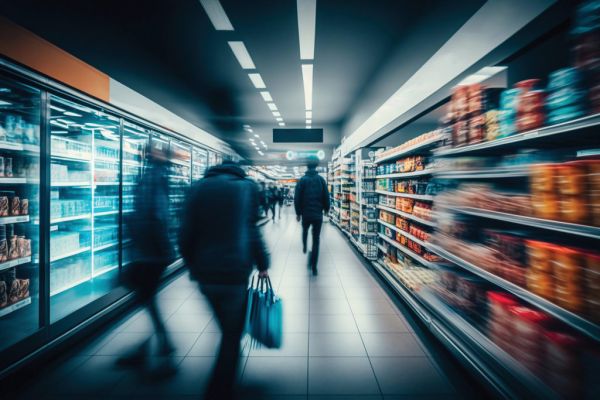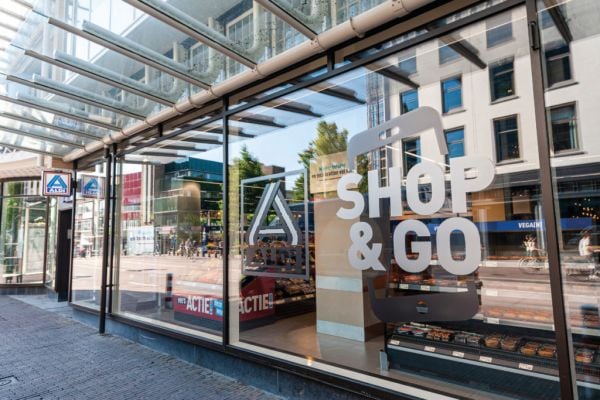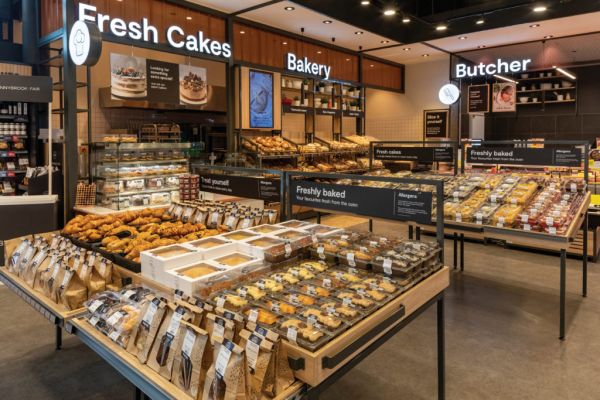In the last year, IGD’s team of industry experts visited over 700 stores in more than 50 countries to provide unparalleled insights into the retail industry and identify the key topics expected to prevail.
One trend, in particular, that has come through strongly in 2017 is the physical store becoming more digitally enabled, using transformative technology to become so digitally advanced that stores no longer need staff to operate certain functions.
Original predictions expected to see physical stores embrace and trial new digital technologies to ensure that they remain relevant and competitive in an increasingly digital world.
However, digital advances of the physical store have been revolutionary so far this year, with unstaffed stores standing out as changing the way shoppers shop and brands interact with their customers.
IGD’s senior innovations and trends analyst Toby Pickard explores the themes coming through in the unstaffed-store trend:
Members Only
Many current unstaffed stores require shoppers to download an app and/or be preregistered with the retailer. Currently, the universal device to access these stores is the smartphone, which will give retailers significant data and insights into shoppers’ purchasing habits. If utilised correctly, this could help build shopper loyalty.
Small Store Format
We have, so far, seen the most digitally advanced technologies only being available within small stores. However, it is likely that a number of the most successful innovations within these small store formats will be implemented in larger stores. Initially, we expect to see larger store formats improve the payment system within stores.
Low Operating Costs
These small-format, digitally enabled stores could become an extremely low-cost route to market for convenience stores. This makes them very suited to both extremely remote locations and within highly populated locations, where people want access to goods 24 hours a day, seven days a week.
Brands should consider what the implications could be if larger-format stores adopted similar technologies, while also considering how their categories and products can adapt to the changes that are happening now.
Test, Learn, Improve and Implement
None of the examples that IGD has identified in this area are the finished product. The majority of the stores are still in a ‘beta’ testing stage and are only accessible to the retailers’ employees. However, once a retailer has identified what it considers to be the best technologies, it is likely to try and launch more stores to help build shopper loyalty.
Artificial Intelligence
By using artificial intelligence and machine learning, retailers can constantly improve, as these systems learn as they go and can process a vast and complex amount of data to make highly accurate ordering decisions. This can improve on-shelf availability and ensure that the store is stocking the correct products.
Seamless Payment
Retailers are trialling numerous solutions to traditional payment methods. For certain categories, this may create opportunities, as brands can take advantage of improved data collection based on shopper behaviour in store. However, for impulse categories that were once located at checkouts, it creates challenges.
Relevant Messaging
With customers potentially spending less time in store, video shelf-edge labels have great potential to increase customer engagement with brands. By making fixtures stand out, retailers and brands can encourage customers to try new products and make impulse purchases.
Mobile Matters
Smartphones are an essential tool to accessing the majority of these stores. Retailers and brands could capitalise on the fact that shoppers will be using their phones as a great vehicle for personalised communication and interaction, as there is an opportunity to influence the decisions that they are making at the point of purchase.
What Next?
Being prepared for future eventualities is of critical importance for any business, however, with so much disruption and uncertainty taking place around the world, it is understandable that businesses are only focused on the next quarter or, at most, the next few years. Nevertheless, we believe that success will be achieved through thought leadership, which comes from being visionary, and to be truly visionary, you need to think longer term and look to the future.
© 2017 European Supermarket Magazine – your source for the latest retail news. Click subscribe to sign up to ESM: The European Supermarket Magazine.














